Return to Death Valley
Death Valley National Park, California
It was time for another trip to Death Valley National Park. It’s been two years since I was there last, and it has become of my favorite parks to visit. It’s not an easy park to photograph, as I find is the case with most deserts. There is just something about its stark, empty landscape that intrigues me.
On my last trip, I stayed in Pahrump, Nevada and made the drive into the park everyday (a 1 hour drive, about 60 miles). This year I decided to stay in the park and avoid the long, early morning drive. I booked a two night stay at The Ranch at Death Valley. It was a very expensive stay.
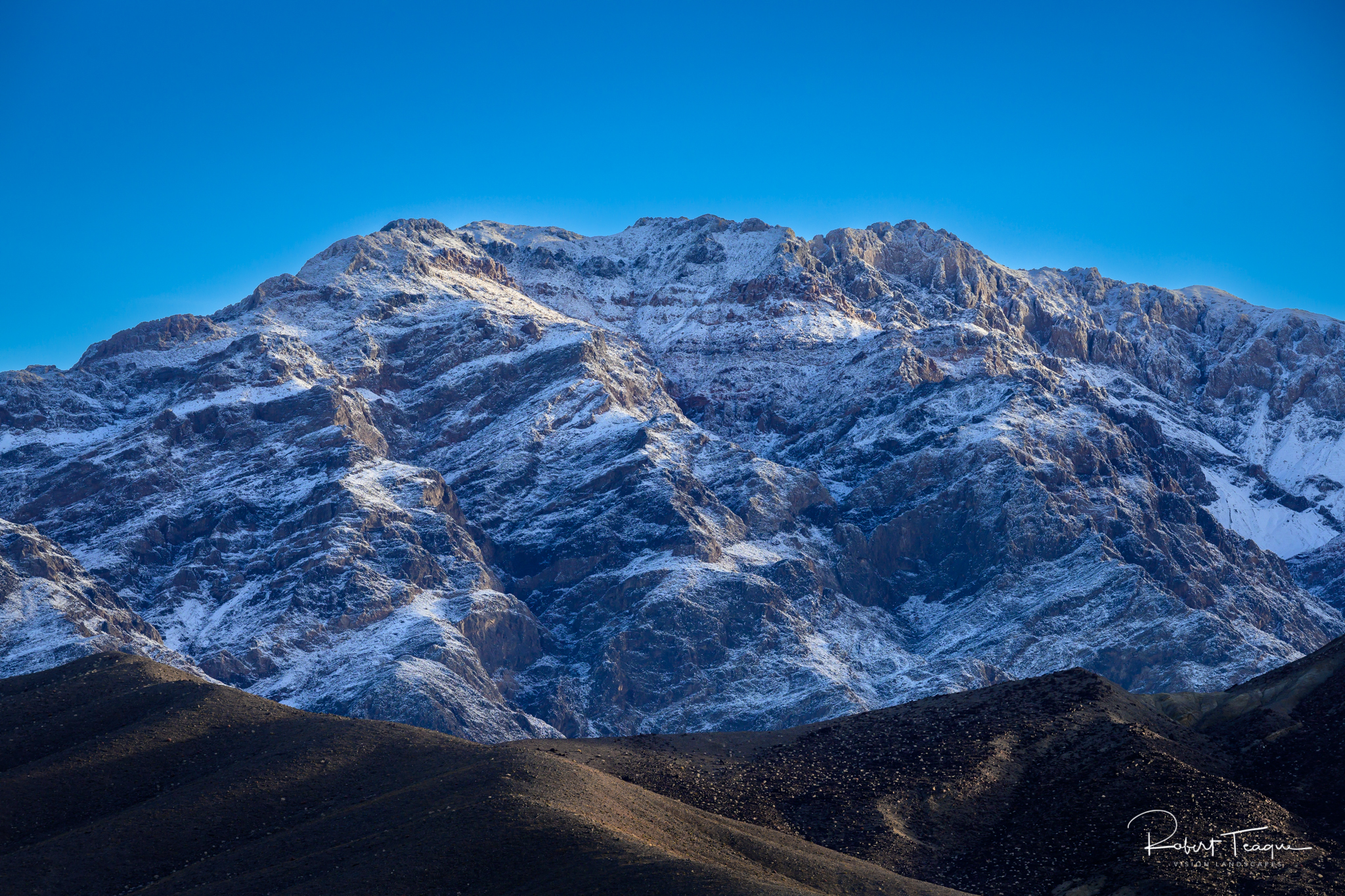
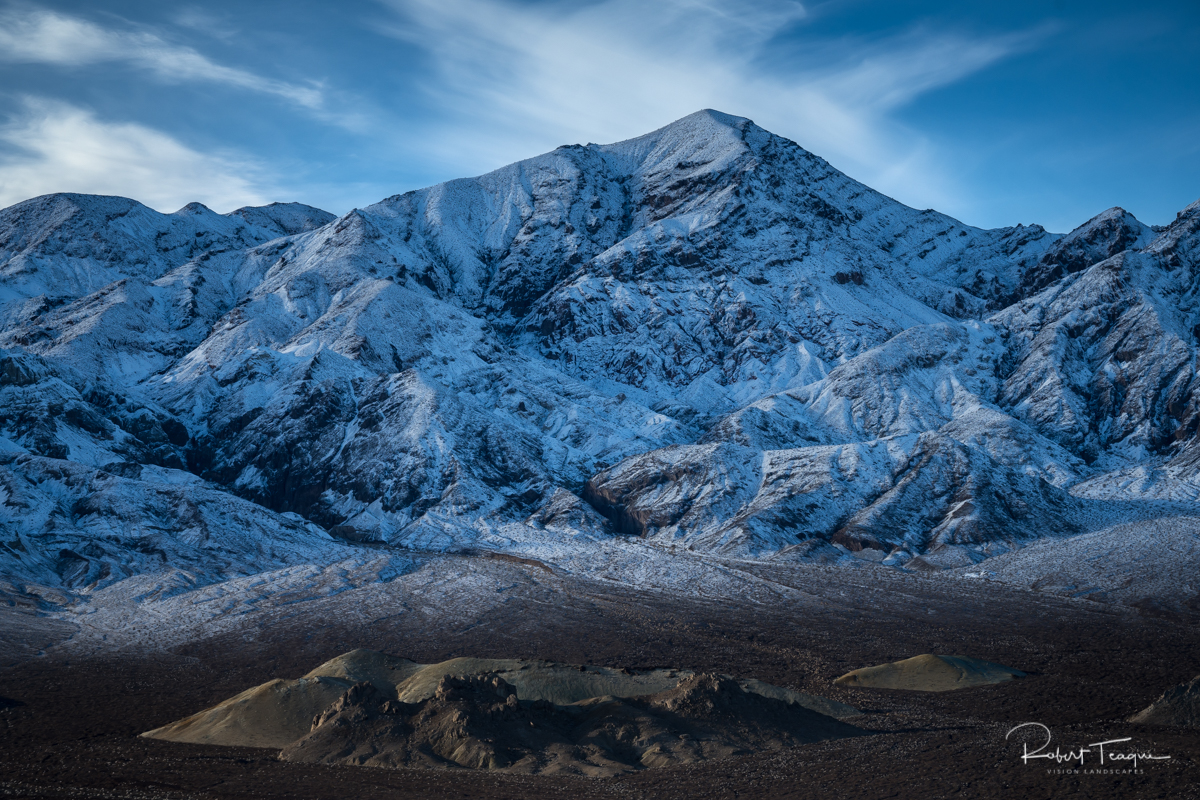 Early Morning at the Amargosa Range with a light dusting of snow. (Nikon Z7)
Early Morning at the Amargosa Range with a light dusting of snow. (Nikon Z7)
The evening before my arrival a storm had dropped snow in the mountains, and left flooding in many areas of the park. The majority of park roads were closed due to the mud, with only the main, paved roads remaining open. Even those roads, had patches of standing water and mud, making driving through the park slow going.
One of my favorite places in the park is Mesquite Dunes. After photographing at Zabriskie Point just a little after sunrise, I went to scout the dunes for the afternoon photo shoot. The dune field was still wet from the previous days rain, which gave them an ugly brown look, rather than a look of lightness as is normal with the light colored dunes.
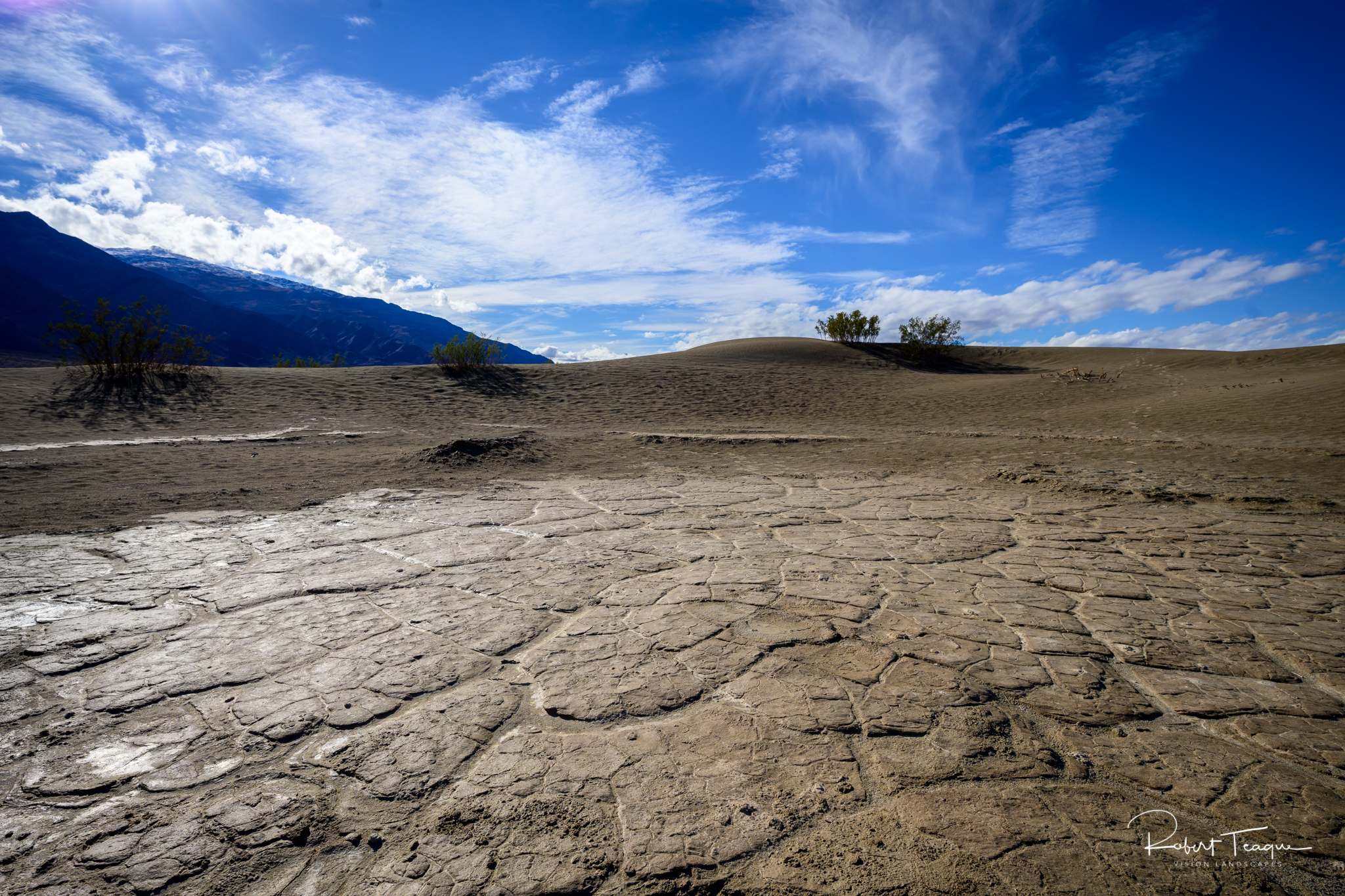 Mesquite Dunes in the late afternoon (Nikon Z7)
Mesquite Dunes in the late afternoon (Nikon Z7)
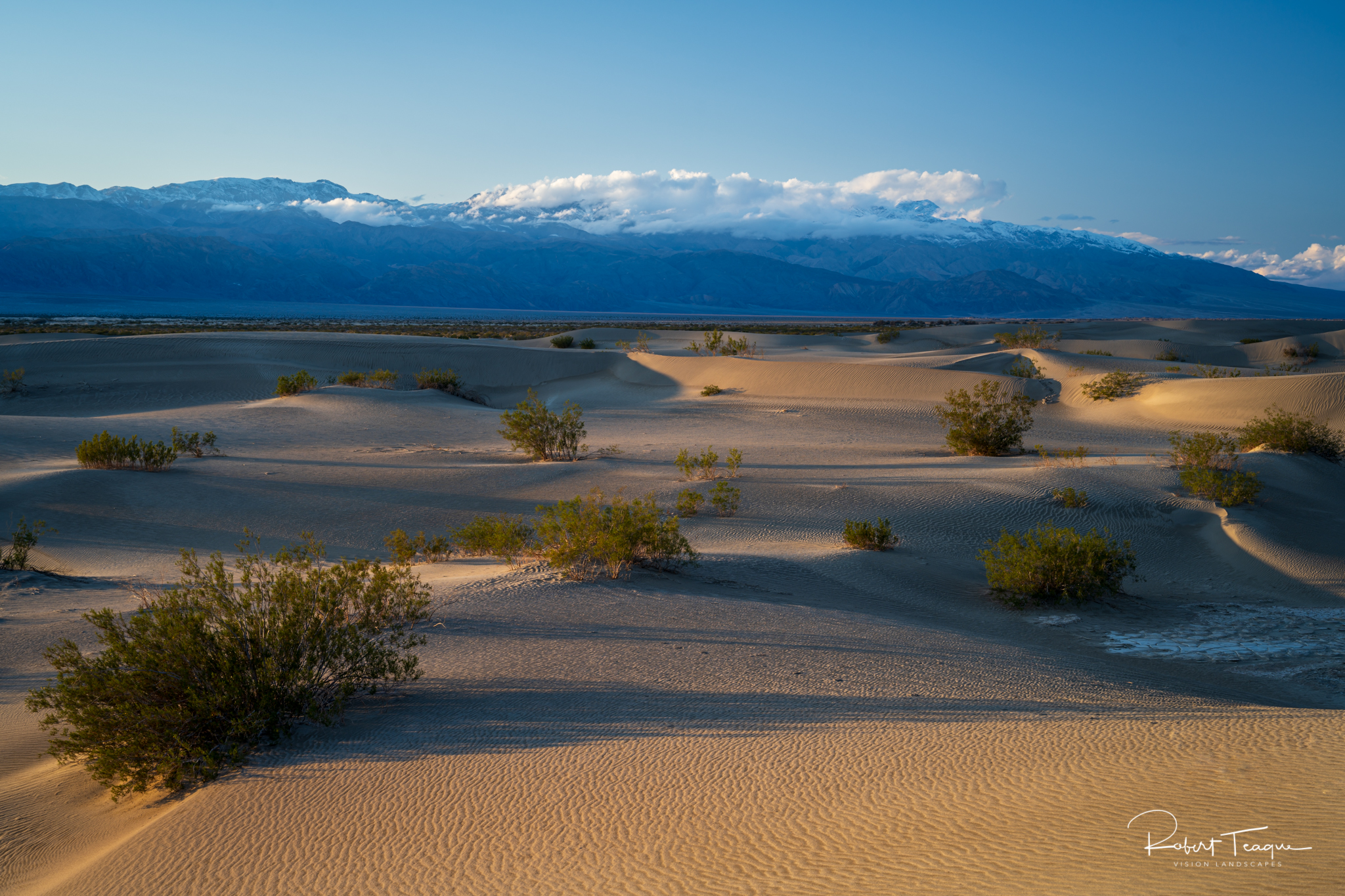 Mesquite Dunes in the late afternoon from a previous trip. Notice the light color of the sand compared to the previous image. (Nikon Z7)
Mesquite Dunes in the late afternoon from a previous trip. Notice the light color of the sand compared to the previous image. (Nikon Z7)
Unfortunately, the dunes didn’t dry out during my visit. I returned multiple times to photograph there, but never got favorable conditions.
Unless you are prepared to hike long and far into the dune fields, during the most popular times of year, you won’t find pure, untrampled dunes or solitude.
Zabriskie Point
Without a doubt, Zabriskie Point is the most popular spot within the park. This is because of its easy accessibility (3 miles from Furnace Creek) and stunning scenery. With the sun rising from behind the point, this makes for great lighting conditions for photography. Naturally, this is also the most popular time of day.
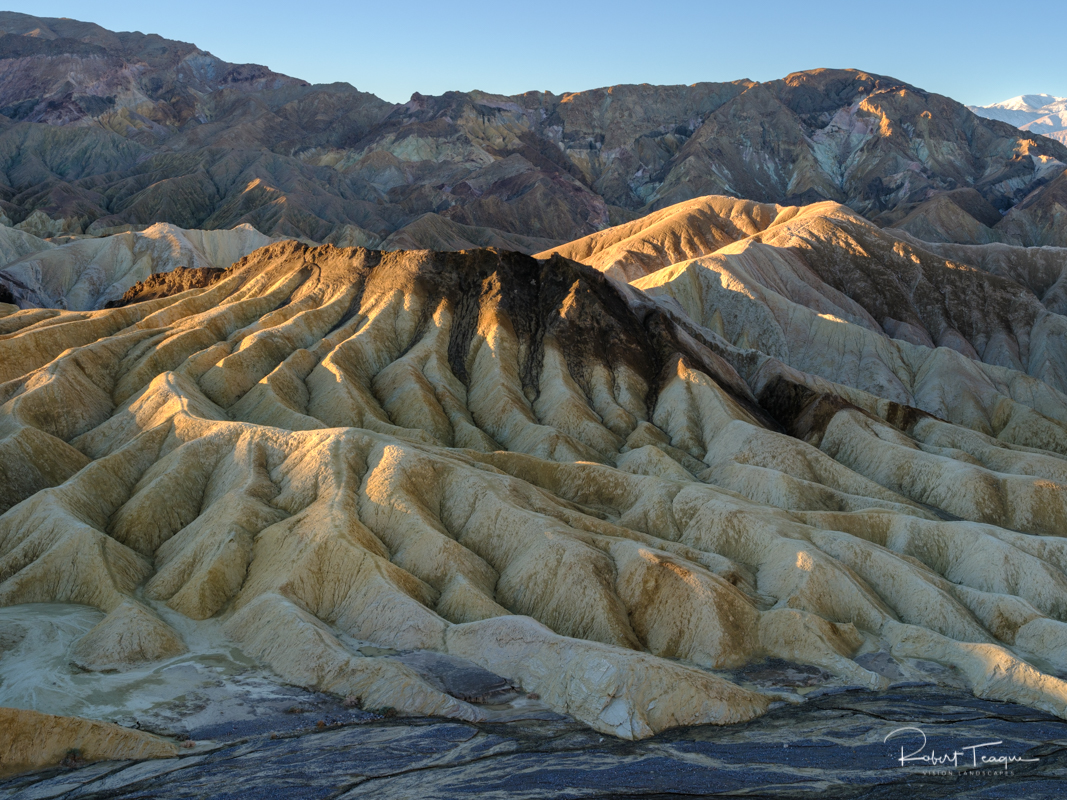 Bentonite Clay Hills in the Early morning from Zabriskie Point (Fuji GFX100S)
Bentonite Clay Hills in the Early morning from Zabriskie Point (Fuji GFX100S)
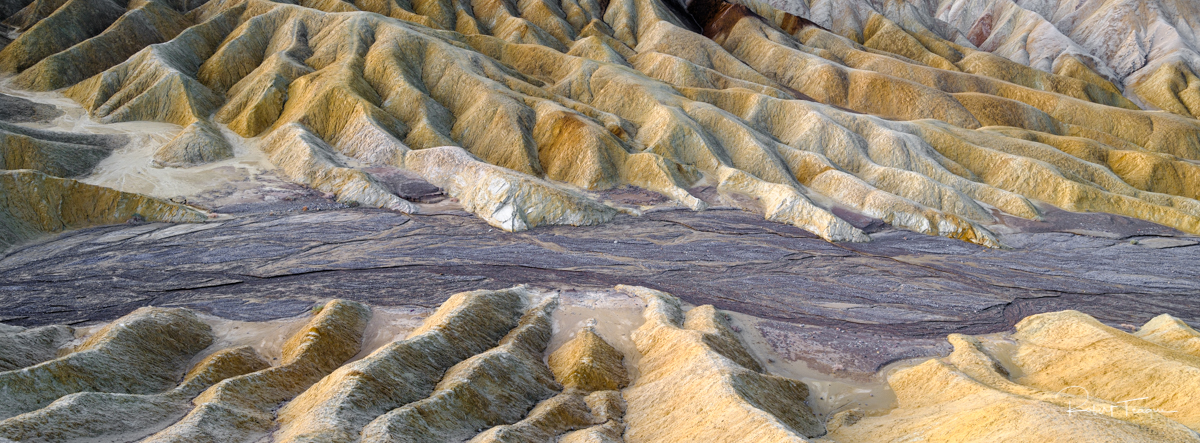 Details of the Bentonite Clay Hills in the Early morning (Fuji GFX100S)
Details of the Bentonite Clay Hills in the Early morning (Fuji GFX100S)
The most pronounced feature of Zabriskie Point is Manly Beacon. This high point, rises to an elevation of 823ft above the surrounding clay hills. At sunrise, Manly Beacon is lit from behind, often with the mountain range behind hidden in shadow.
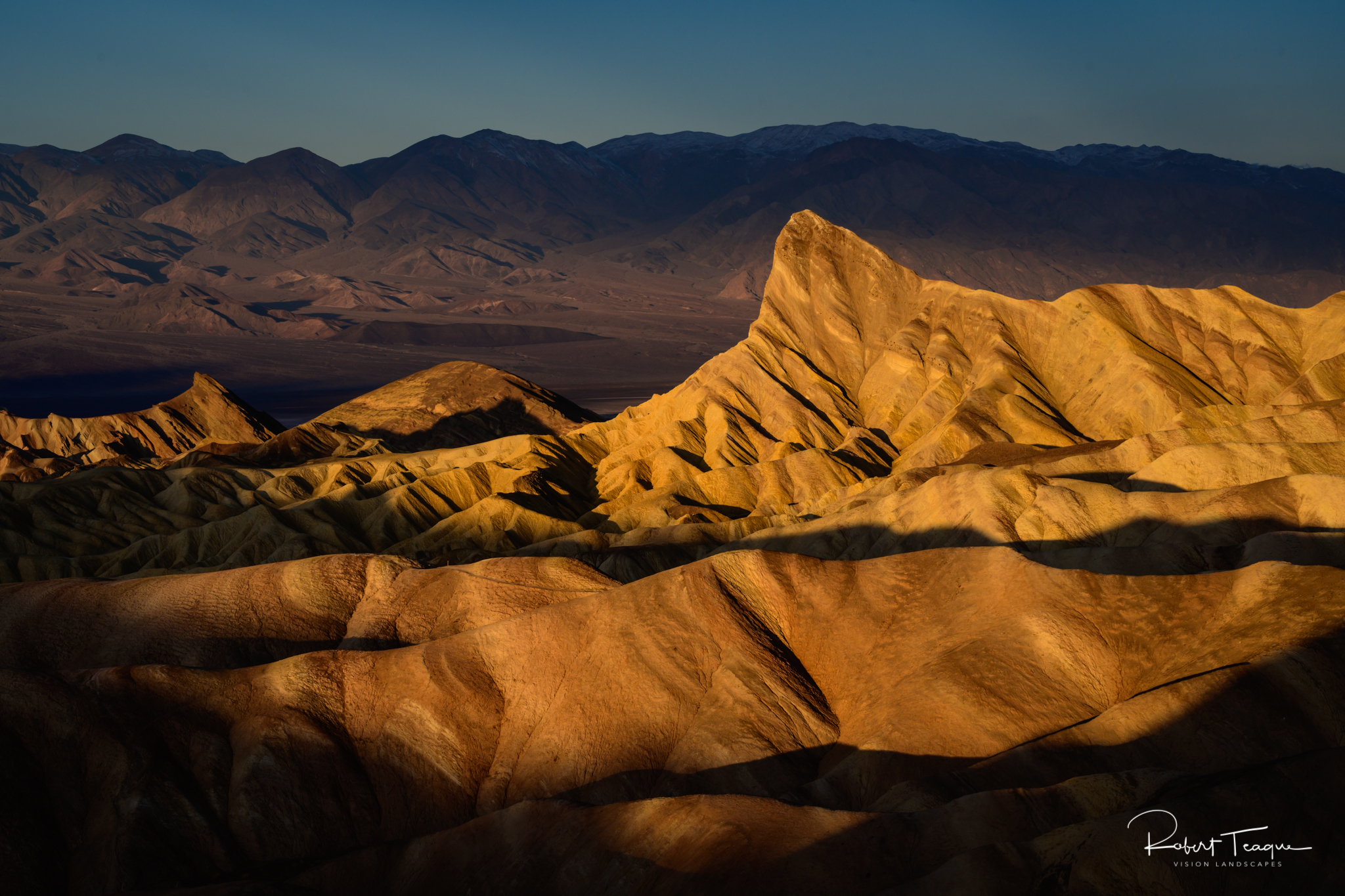 Manly Beacon at First Light (Nikon Z7)
Manly Beacon at First Light (Nikon Z7)
Of course, the light is always changing depending upon weather conditions, which keeps photographers coming back. For the image above, there was a high cloud bank to the east, so the sunlight from the rising sun was only visible in a small window (and leaving the mountains behind the valley in shade).
On my first visit to Zabriskie Point on this trip, there was a group of about 15 photographers on a workshop led by noted landscape photographer Michael Gordon. I’ve followed his work for a number of years (he shoots a lot of large format work, which I’ve also used). This was a pleasant surprise as I’ve mainly interacted with him over various social media sites (like the Large Format photography group on Facebook) over the years.
Needless to say, this is a very busy site and you will find yourself lined up tripod to tripod here.
Artist’s Palette
Artist’s Palette is another of my favorite spots in Death Valley, It and Artist’s Drive are both western facing locations in Death Valley, making the best time of day to photograph there in the late afternoon, during the golden hour. Unfortunately, on this trip the light was so harsh that I wasn’t able to come away with a composition that I liked.
Nearby Golden Canyon, in spite of it being close to the middle of the day, brought some shade with interesting rock formations (it is actually more of a deep creek bed, rather than a canyon).
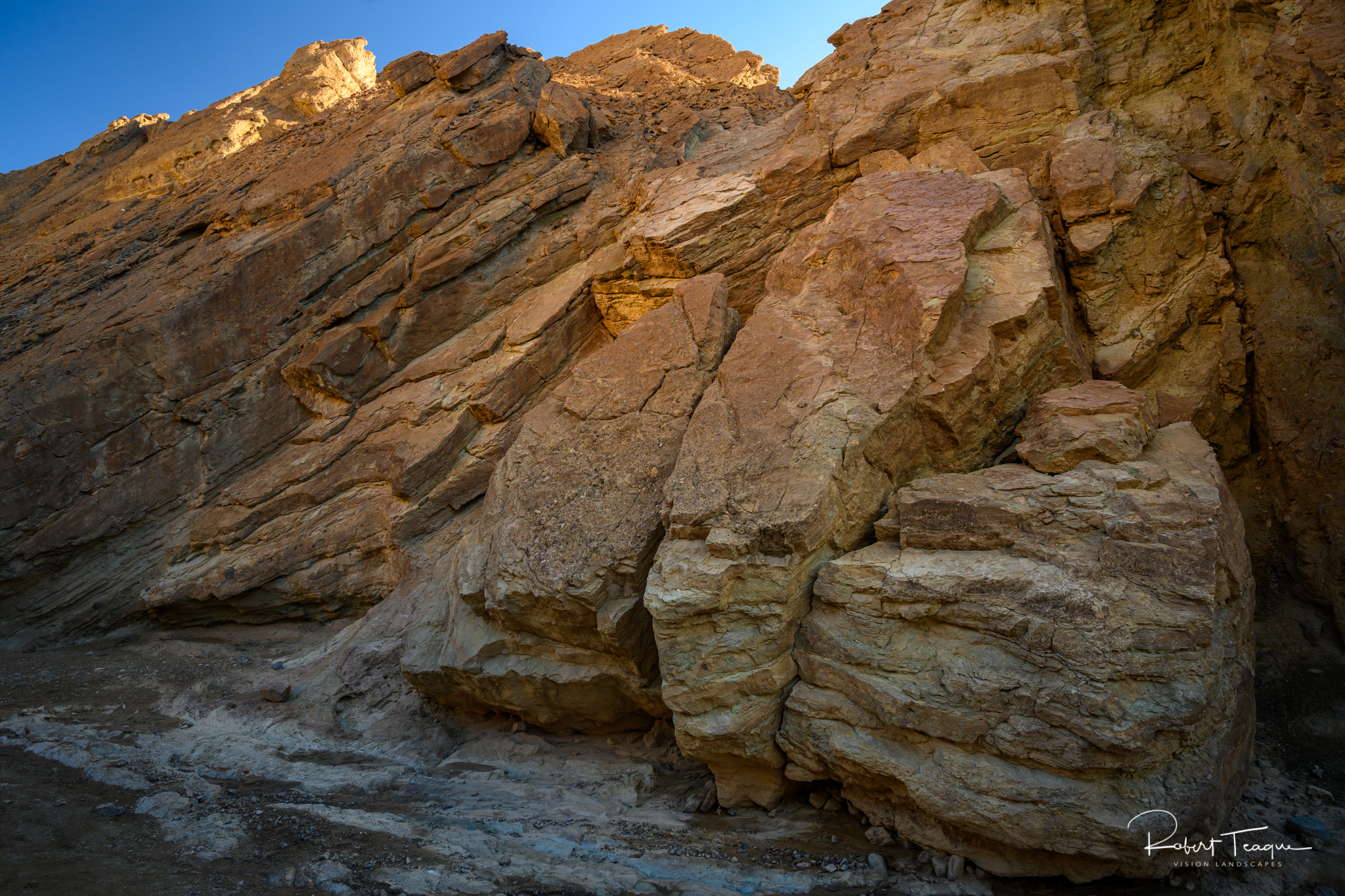
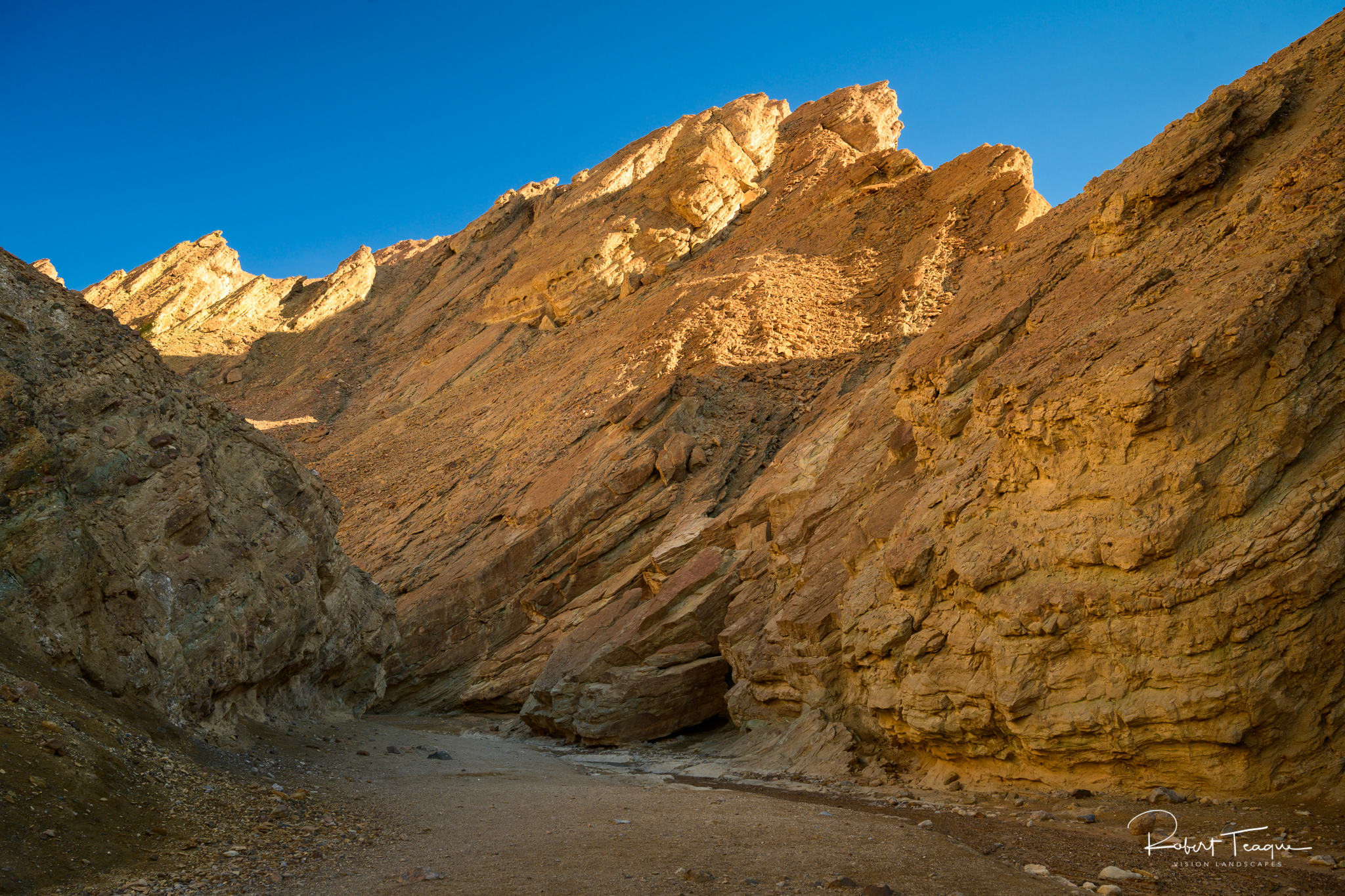 Midday in Golden Canyon (Nikon Z7)
Midday in Golden Canyon (Nikon Z7)
Final Thoughts
I love Death Valley. Perhaps it’s the stark, wide open spaces or the vignettes of stone that illustrate the valley’s turbulent ancient history, I don’t know. Perhaps my love for this area is best described in the park brochure:
Death Valley …
so empty, so vast, so simple, so quiet.Then, with a rush and a cry, a raven soars past, drawing your attention to the unexpected details around you. A flicker of movement makes you grab your camera, but the lizard darts away before you can take a picture. Now you notice flowers growing in the shadow of a rock. More surprises await …. Discover pine woodlands atop high mountains or life crowded around isolated springs. Rise with the sun and watch light touch the snowy peaks, slide down the slopes and illuminate the valley floor - revealing colors and textures that wash out the harsh light of midday.
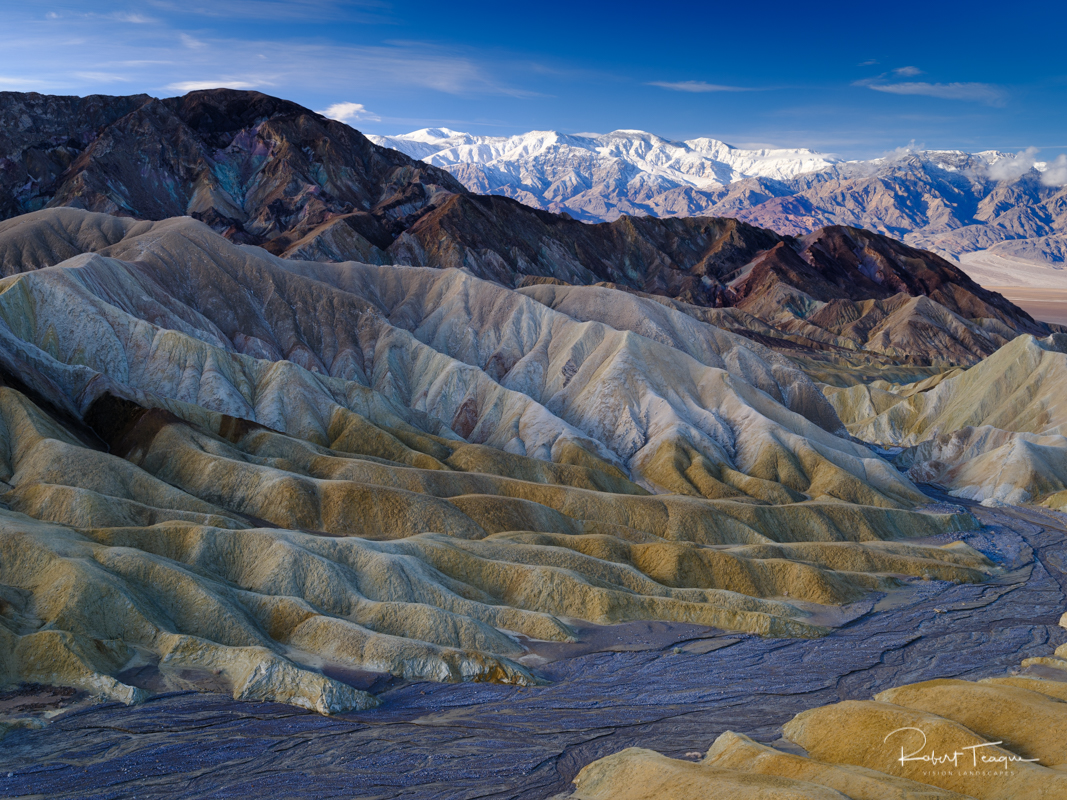

0 Comments on "Return to Death Valley"